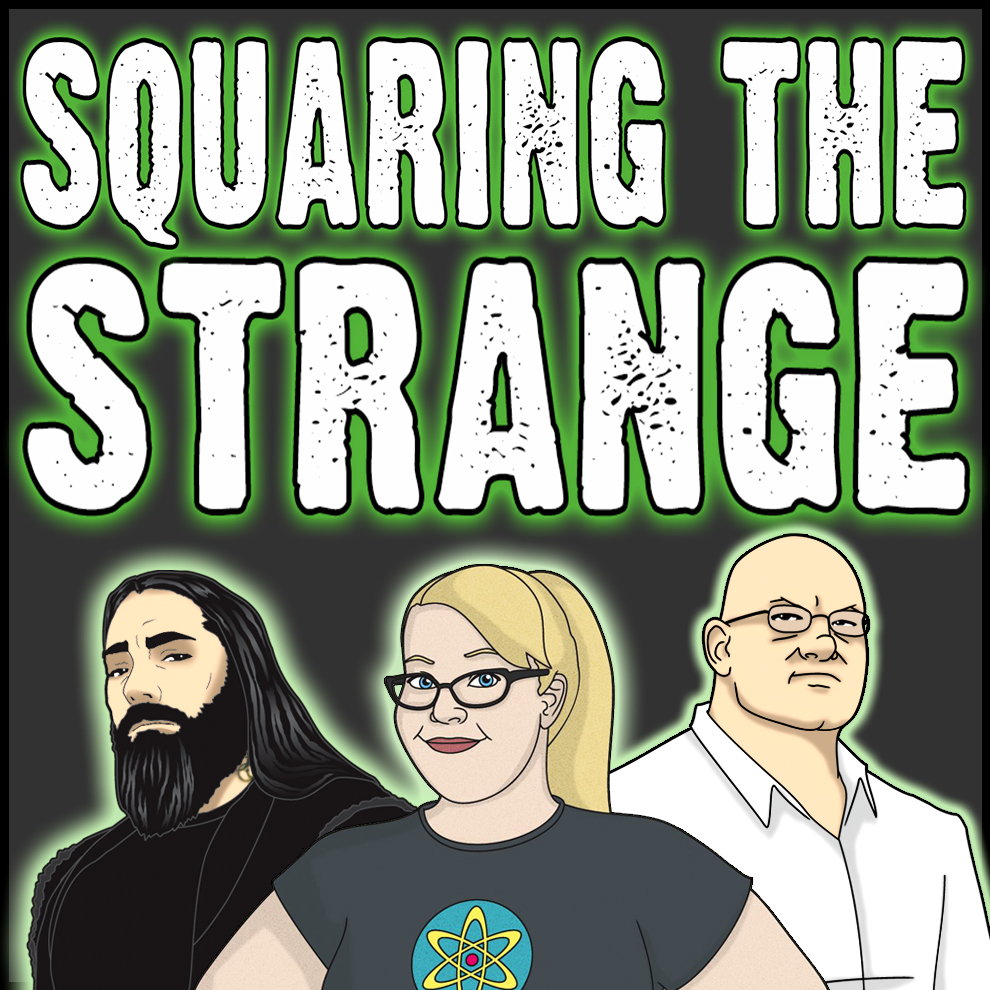I was recently editing a piece by Rob Palmer (perhaps better known as “The Well-Known Skeptic”) on the subject of misinformation he encountered in the middle of the world. Or, put another way, bogus information on the equator in Ecuador (a country named after the equator).
I had a particular interest in the topic, having visited the equator near the Colombian border and listening to a tour guide give information I knew was simply false, about several equator-related myths including egg balancing. I wrote a column about it for Skeptical Inquirer magazine (July/August 2016) and discussed it on my podcast, Squaring the Strange.


In the process of fact-checking something for the Palmer piece (I’ve forgotten what), I happened to come across a short article for PrevueMeetings titled “3 Strange Equator Tests to Try in Quito, Ecuador,” by a writer named Jessie Fetterling.

It featured three “tricks”: the water-funneling trick (in which water drains in opposite directions above and below the equator); the finger-pulling trick (“involves one person holding their thumb and forefinger in an O shape. On the north and south side, it’s very difficult for someone else to pry them apart. However, on the equator, that same person trying to pry them apart can do so with ease”); and last, my personal favorite, the egg balancing trick (balancing an egg upright on a nailhead). All these have been widely debunked for years, and the explanations can be found at the links above.
I generally don’t spend much time correcting errors and misinformation I find online—who’s got time for that?—but sometimes as a courtesy to the writer I’ll send them a quick note. As a writer myself, I’m well aware that anything I put out into the world (especially online) reflects on me and my scholarship. No one likes to be told they’re wrong about something, but I appreciate it when people point out an error in my articles, so that I can correct it. Unlike an opinion piece, nonfiction writers have an obligation to their readers to get facts right as best they can—especially if those readers might use that information in some way.
I noticed that the website, PrevueMeetings, is “a multi-platform brand that inspires planners by providing immersive experiential travel coverage, professional development,” and so on. I’m not fluent in corporatespeak but Fetterling’s article promoted the tricks as “fun tests for attendees visiting the famous line and its Inti Nan Solar Museum to prove they are standing at the center of the Earth. Here are three that go beyond the typical sun-dial observation (that faces upward instead of horizontal on the equator) for planners to incorporate into a team building program.”
Team building activities are great and all, but should be based on truth and facts, not myths. If anything, these could badly backfire if any of the participants have a background in science or critical thinking, because it would undermine the credibility of those who endorse these myths. If I were in a team-building program and being shown “amazing facts and feats” that were easily debunked with high school science and/or a few keystrokes, I’d frankly wonder what else the host company told us was wrong. I’d be mortified to be a team leader or team building programmer and have one or more of the participants raise their hands during a demonstration and say, “Um, I took science courses in college and I don’t think this is right…”
I decided that the best thing would be to just write a reply, since the story offered a Reply box for comments. I typed in a short, concise, polite somment and finished Palmer’s article.

I thought nothing more about it until a few weeks later it crossed my mind to see if Fetterling’s article had been corrected or updated—or at the very least that my corrective reply had posted. It had not, remaining unapproved by a moderator and unposted.
I realized that PrevueMeetings might not want to have any comments showing that an article that appeared on their site was wrong. That was their choice of course—though it seemed to defeat the purpose of allowing people to reply to the piece; maybe they only approved positive comments. Nevertheless I felt obligated to contact Fetterling to let her know—after all, as a self-described travel junkie the article has her name on it, and it’s a significant error: the entire premise was flawed. It wasn’t a matter of fixing a date or spelling, it would have to be rewritten. Better yet, it could be updated and used as a critical thinking team building exercise: “Here’s three common myths about the equator—but are they true? How can we use logic and research to prove or debunk them?”
I contacted her, via both her website and Twitter, politely noting that her information was wrong, and providing links and references in case she wanted to correct it.
I never heard back, and today the article remains exactly as it has for three years, misinforming people about “tricks” at the equator. That’s okay with me, I’ve done due diligence. But this short story explains why and how bad information is sometimes created and perpetuated.
Calling “bullshit!” isn’t always enough—unless maybe you do it loudly in front of your team-building captain as she’s cheered for balancing an egg on a nail.
A different version of this article originally appeared on my CFI blog; you can read it HERE!
As my awesome podcast Squaring the Strange (co-hosted by Pascual Romero and Celestia Ward) nears its three-year anniversary, I will be posting episode summaries from the past year to remind people some of the diverse topics we’ve covered on the show, ranging from ghosts to folklore to mysteries and topical skepticism. If you haven’t heard it, please give a listen!

0 Comments